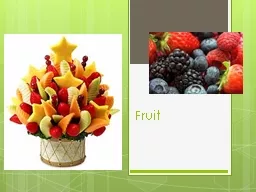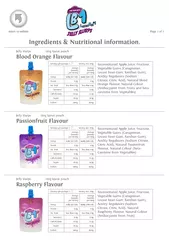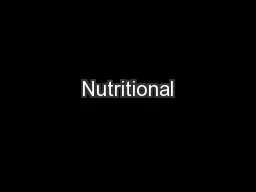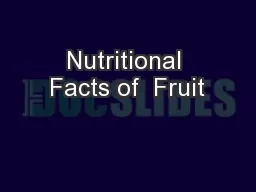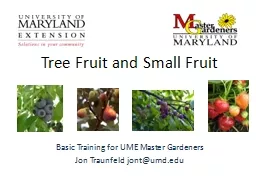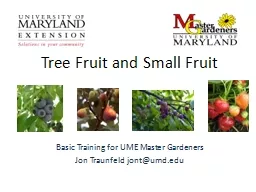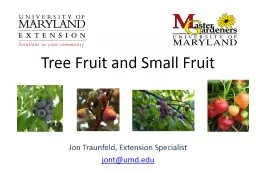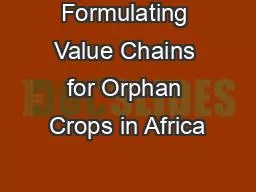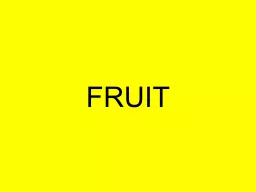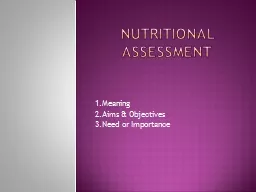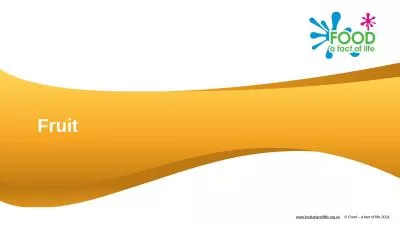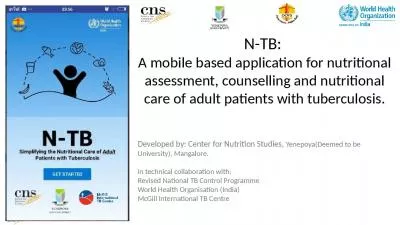PPT-Fruit Nutritional Value of Fruit
Author : fluenter | Published Date : 2020-09-29
According to the MyPlate Food Guide you should eat two to four servings of fruit a day One serving one medium sized piece of raw fruit ½ cup chopped or canned
Presentation Embed Code
Download Presentation
Download Presentation The PPT/PDF document "Fruit Nutritional Value of Fruit" is the property of its rightful owner. Permission is granted to download and print the materials on this website for personal, non-commercial use only, and to display it on your personal computer provided you do not modify the materials and that you retain all copyright notices contained in the materials. By downloading content from our website, you accept the terms of this agreement.
Fruit Nutritional Value of Fruit: Transcript
Download Rules Of Document
"Fruit Nutritional Value of Fruit"The content belongs to its owner. You may download and print it for personal use, without modification, and keep all copyright notices. By downloading, you agree to these terms.
Related Documents

